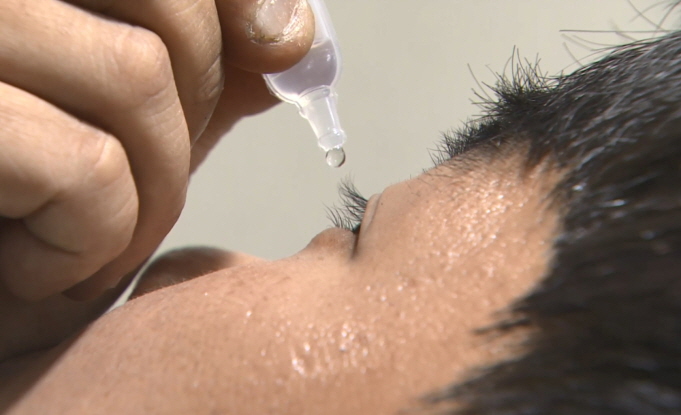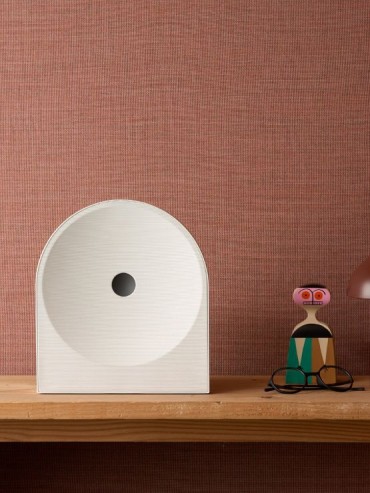
Artificial tears provide sufficient moisture to get rid of fine dust and other harmful substances in the eye. (image: Yonhap)
SEOUL, Jan. 17 (Korea Bizwire) — Severe fine dust is critical to eye health. In particular, recent recipients of LASIK, LASEK, or lens implant surgery should be careful to limit exposure to fine dust, which can result in inflammation and infections on the surgery wound.
Fine dust increases the danger of a dry eye syndrome, cornea inflammation, and other eye diseases.
Dry eye syndrome occurs due to unstable tear film. Fine dust is composed of microscopic particles that can weaken the film and result in dry eye.
In particular, fine dust accumulating at the end of the eyelid can obstruct the function of the meibomian gland, which keeps the tear film from evaporating by supplying an oily substance, which can also lead to dry eye.
Rubbing itchy eyes with fine dust present can lead to cornea inflammation. Several studies have reported that exposure to fine dust can result in damaged corneal epithelial cells.
In a severe fine dust storm, doctors recommend refraining from wearing contact lenses, with those requiring vision correction advised to wear glasses instead.
Contact lenses can not only damage corneal epithelial cells, but can also cause inflammation by keeping harmful substances trapped between the lens and the eye.
Colored lenses, in particular, can be more dangerous due to their low oxygen penetrability.
If one insists on wearing contact lenses on a dusty day, the frequent application of artificial tears is a must, and the lenses should not be worn for too long.
Even if a person does not wear contact lenses, applying artificial tears is still a good idea to protect the eye from fine dust.
Experts argue that applying ‘too much’ artificial tear solution does no harm, since it is composed of substances similar to authentic tears.
Artificial tears provide sufficient moisture to get rid of fine dust and other harmful substances in the eye.
They help prevent dry eye syndrome as well as corneal inflammation. It is recommended to apply them more than four to five times a day.
People who underwent LASIK, LASEK, or lens implant surgery within the previous 30 days should be extra careful to limit exposure to fine dust. Fine dust can result in infections or inflammation by infiltrating the surgery wound.
Until the eyes are completely healed, these individuals should stay indoors on days with severe fine dust. If they have to go out, they should apply artificial tears as frequently as possible.
Patients experiencing bloodshot eyes, pain, or deteriorating eyesight after returning from the outdoors should see an ophthalmologist as soon as possible.
When washing one’s face every night and day, using a hot towel to warm the eyes and applying solution to clean the eyelid also helps getting rid of fine dust.
Lina Jang (linajang@koreabizwire.com)






